Description
What is Industrial-Grade PAC?
The chemical formula of industrial-grade polyaluminum chloride is [Al2 (OH) nCl6-n] m. It is a water-soluble inorganic polymer flocculant between aluminum chloride and aluminum hydroxide. The raw materials used are calcium aluminate powder, hydrochloric acid, and bauxite.
It is a new and efficient water treatment agent developed on the basis of traditional iron and aluminum salts, with a content between 24% and 26%. Its production type is drum drying, which is more convenient for storage and use.
The solid product contains iron powder, so the color is brown. The more iron powder is added, the darker the color, and the liquid is yellow. It is highly insoluble in water and has a relatively high content of heavy metal ions.
Advantages
- Efficient flocculation: with high activity and strong adsorption capacity, the formed flocculant is large, and the sedimentation speed is fast, the flocculation effect is better than other inorganic flocculants, and the purification capacity enhancement is 2-3 times.
- Small dosage, low cost: contains high concentration of alumina, less dosage, purified water quality is better than traditional coagulants such as aluminum sulfate, and the cost of purified water is reduced by 15% -30%.
- Fast hydrolysis, strong stability: fast hydrolysis speed, low effluent turbidity, good dehydration performance, low salt content in treated water, suitable for ion exchange treatment and pure water preparation.
- Wide adaptability: It has significant effects in the pH 5.0-9 range, adapts to water sources at different temperatures, and is widely used.
- Easy to operate: no need to add alkaline additives, high effective ingredients, easy to store and transport, and still maintain the effect after humidification.
- Powerful removal of pollutants: It can effectively remove heavy metals, fluorides, oil stains, and difficult-to-decompose pollutants in steel mills, paper mills, and oil field wastewater.
- Low corrosiveness, easy to automate: low corrosiveness, liquid products are suitable for automated dosing.
- Non-toxic side effects: Within the specified scope of use, the impact on human health and the environment is minimal.
Production Methods
The production processes of industrial-grade polyaluminum chloride mainly include aluminum ash method, aluminum hydroxide method, calcium aluminate method, calciothermy, acid method, alkali method, spray drying method, etc.
- The aluminum ash method uses waste aluminum ash generated by the aluminum processing industry as raw material, and produces industrial-grade polyaluminum chloride through steps such as acid dissolution, polymerization, and curing, which has the advantage of resource recycling.
- The principle of aluminum hydroxide uses aluminum hydroxide as raw material to carry out polymerization reaction by adjusting pH value, temperature and other conditions.
- The acid method has higher production efficiency, but the cost of raw materials and environmental protection treatment is relatively high.
- The calcium aluminate law uses calcium aluminate powder to react with hydrochloric acid to produce industrial-grade polyaluminum chloride, which is relatively simple in process but has high raw material costs.
- The spray drying method can effectively improve the stability and ease of use of products, but the equipment investment is large and the energy consumption is relatively high.
- The calcium thermal process is simple but high energy consumption, and there are many impurities in the product.
Working Principle
- Compressed double layer: The positively charged aluminum ions released by polyaluminum chloride during hydrolysis can quickly neutralize the negative charge on the surface of colloidal particles, thereby reducing the electrostatic repulsion between them, causing colloidal particles to approach each other and form larger flocs.
- Adsorption and Charge Neutralization: The active components in polyaluminum chloride, such as hydroxyl groups and aluminum ions, can adsorb impurities in the water, like suspended solids and organic matter, helping them to clump together into stable flocs.
- Adsorption and Bridging: The long molecular chains of polyaluminum chloride act as “bridges” between particles, connecting them into larger flocs, making it easier for them to settle or be filtered out.
- Netting and Sweeping: When a larger amount of polyaluminum chloride is added, the Al(OH)₃ precipitate formed during hydrolysis can capture and sweep up suspended particles and colloids in the water, settling them down together.
Usage
- To achieve the best flocculation effect and economic benefits, users need to detemine the optimal dosage pel thousand tons of water through experiments based on different source water turbidity, seasons, and reaction conditions.
- The general dosage for water purification is about 50 kilograms/1 ton water for solids PAC, which can be detemined through beaker tests.Dissolving ratio:5%.
- The prepared solution can be directly added to water, and the amount of water added can be detemined according to the dosage and the amount of treated water. After adding water, it should be stirred evenly.
- When using, a small-scale test should be conducted based on the water quality to select the best point with good water purification effect and small dosage.
- lf uneven mixing occurs during use, dilution can be used before adding.
- Polyaluminum chloride can be used in combination with weakly cationic polyacrylamide, and when used in combination with aluminum sulfate or ferric chloride, it can be used for sludge preparation.
Important notes during use
-
The solution should be prepared and used immediately, and the maximum service life should not exceed eight hours.
-
During use, it is necessary to strictly control the dosage to ensure the best treatment effect.
-
Different manufacturers or different brands of water treatment agents should not be mixed and should not be mixed with other chemicals.
-
The original liquid and diluent are slightly corrosive, but lower than other inorganic flocculants. If accidentally splashed on the skin, rinse immediately with water. Production personnel should wear work clothes, masks, gloves, and long rubber boots.
-
Industrial-grade polyaluminum chloride PAC preparation and storage of aqueous solutions should be carried out in enamel, galvanized, or plastic barrels, and should not come into contact with iron products.
Specifications
| Name Of Index |
Liquid |
Solid |
| Premium |
First Grade |
Second Grade |
Premium |
First Grade |
Second Grade |
| Appearance |
Colourless |
Light Yellow |
Light Yellow |
| Relative Density (20℃) |
1.15 |
– |
| Alumina (Al₂O₃) ≥% |
10 |
30 |
29 |
26 |
| Basicity (B) % |
40-85 |
40-90 |
40-90 |
| Water Insoluble % ≤ |
0.1 |
0.2 |
0.5 |
0.5 |
1 |
1.5 |
| pH (1% Water Solution) |
3.5-5.0 |
3.5-5.0 |
| Sulfate Radical (SO₄²⁻) % ≤ |
3.5 |
– |
9.8 |
| Ammoniacal Nitrogen (N) % ≤ |
0.01 |
0.02 |
– |
0.01 |
– |
| Arsenic (As) % ≤ |
0.0001 |
0.0002 |
– |
0.0002 |
– |
| Manganese (Mn) % ≤ |
0.0025 |
0.005 |
– |
0.0075 |
0.01 |
– |
| Hexavalent Chromium (Cr⁶⁺) % ≤ |
0.0005 |
– |
0.0005 |
– |
| Mercury (Hg) % ≤ |
0.00001 |
– |
0.00001 |
– |
| Plumbum (Pb) % ≤ |
0.0005 |
0.001 |
– |
0.001 |
– |
| Cadmium (Cd) % ≤ |
0.0001 |
0.0002 |
– |
0.0002 |
|
Applications
- Mining and coal preparation industry: used for clarification and treatment of mine waste and coal washing wastewater, with significant effects.
- Papermaking industry: Used as a dry strength agent, preservative, and filter aid in papermaking, it greatly improves paper quality, reduces costs, and increases capacity. By electrostatic interaction with inorganic salt ions, fibers, and other organic polymers, it enhances the physical strength of paper and can also have a good flocculation effect during the deinking process.
- Flocculant application: widely used in industrial solid-liquid separation processes, such as precipitation, clarification, concentration, and sludge dewatering, suitable for wastewater treatment in industries such as urban sewage treatment, papermaking, food processing, petrochemicals, metallurgy, mining, dyeing, and sugar production, especially suitable for sludge dewatering treatment in urban sewage and food processing wastewater.
- Industrial wastewater and resource recovery: used to improve the recovery efficiency of coal powder and starch in the production process. Suitable for treating various industrial wastewater, including printing and dyeing wastewater, leather wastewater, fluorine-containing wastewater, heavy metal wastewater, oily wastewater, papermaking wastewater, coal washing wastewater, mining wastewater, brewing wastewater, metallurgical wastewater, and meat processing wastewater.
- Phosphoric acid purification: In the wet phosphoric acid process, it helps separate gypsum from phosphoric acid.
- Wastewater treatment: suitable for the treatment of printing and dyeing, leather, and oily wastewater, improving turbidity and bleaching effects, and meeting emission standards.
- Tap water treatment: used as a flocculant in water plants, with good effect and low cost, especially suitable for use in combination with inorganic coagulants.
- Urban water purification: used to purify river water, reservoirs, and groundwater to improve water quality.
Packaging and Storage
Packaging: Polyaluminum chloride is packaged in double layers, with non-toxic polyethylene plastic bags inside, with a thickness of not less than 0.05mm, plus woven bags. The net weight of each bag is 25kg.
Storage Period: The effective storage period is one year for liquid products and two years for solid products.
Storage conditions: The product should be stored indoors in a dry, ventilated, and cool place, and the use effect should not be affected by moisture.
Storage requirements: The product should not be mixed with other chemicals, and it is strictly prohibited to be placed with flammable, corrosive, or toxic substances.
Liquid product storage: Polyaluminum chloride liquids can be stored in cement tanks without the risk of explosion or combustion.

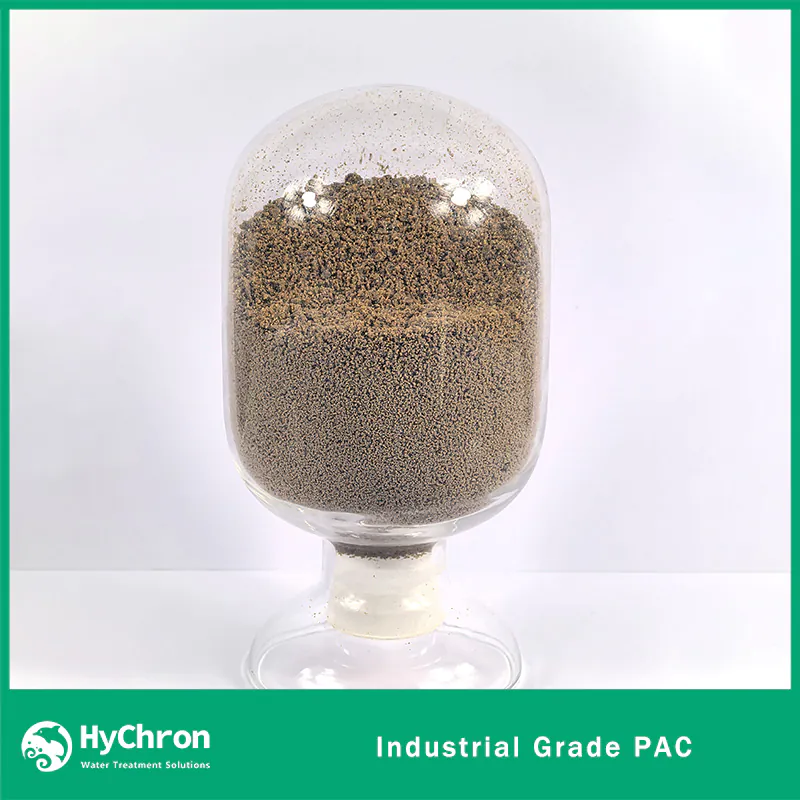
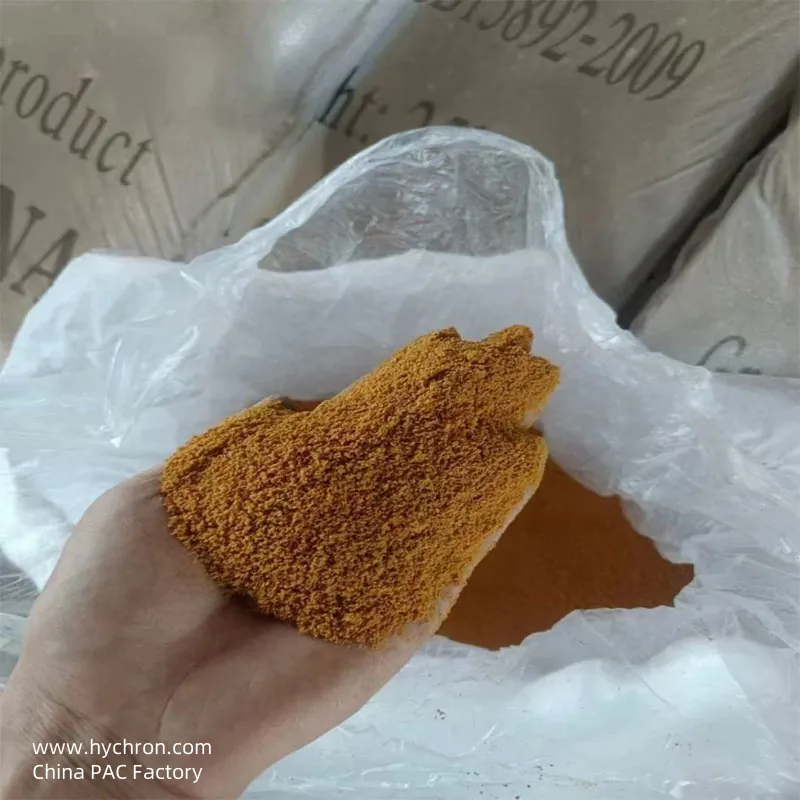


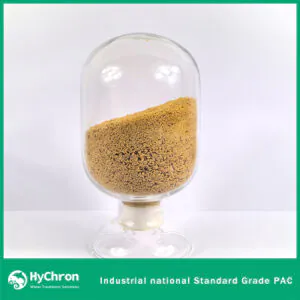
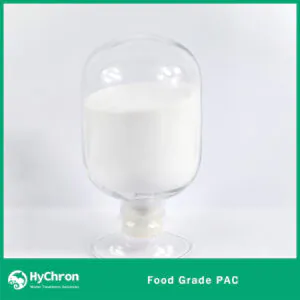

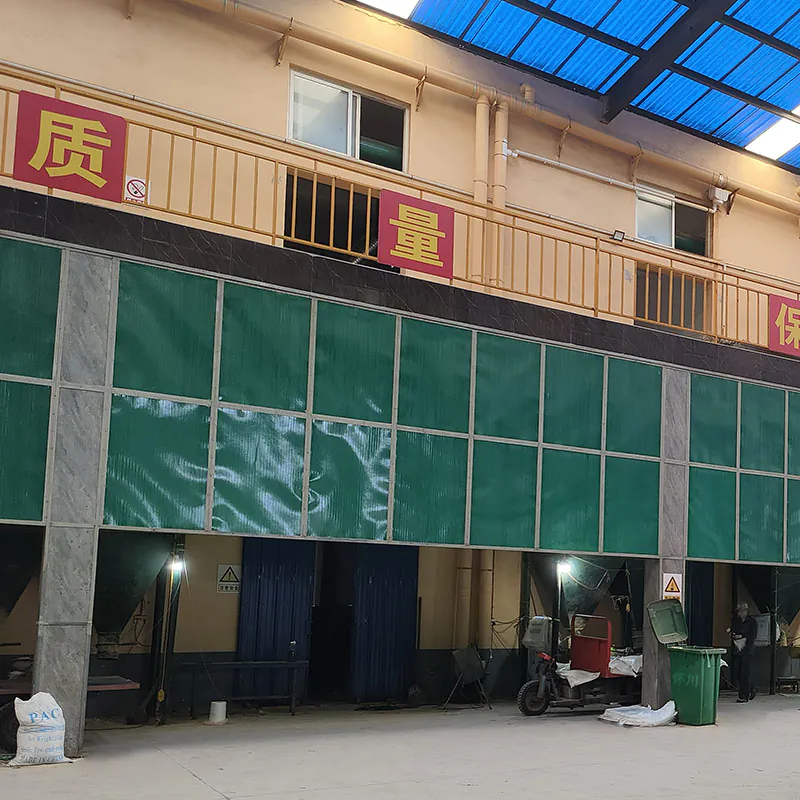
Reviews
There are no reviews yet.